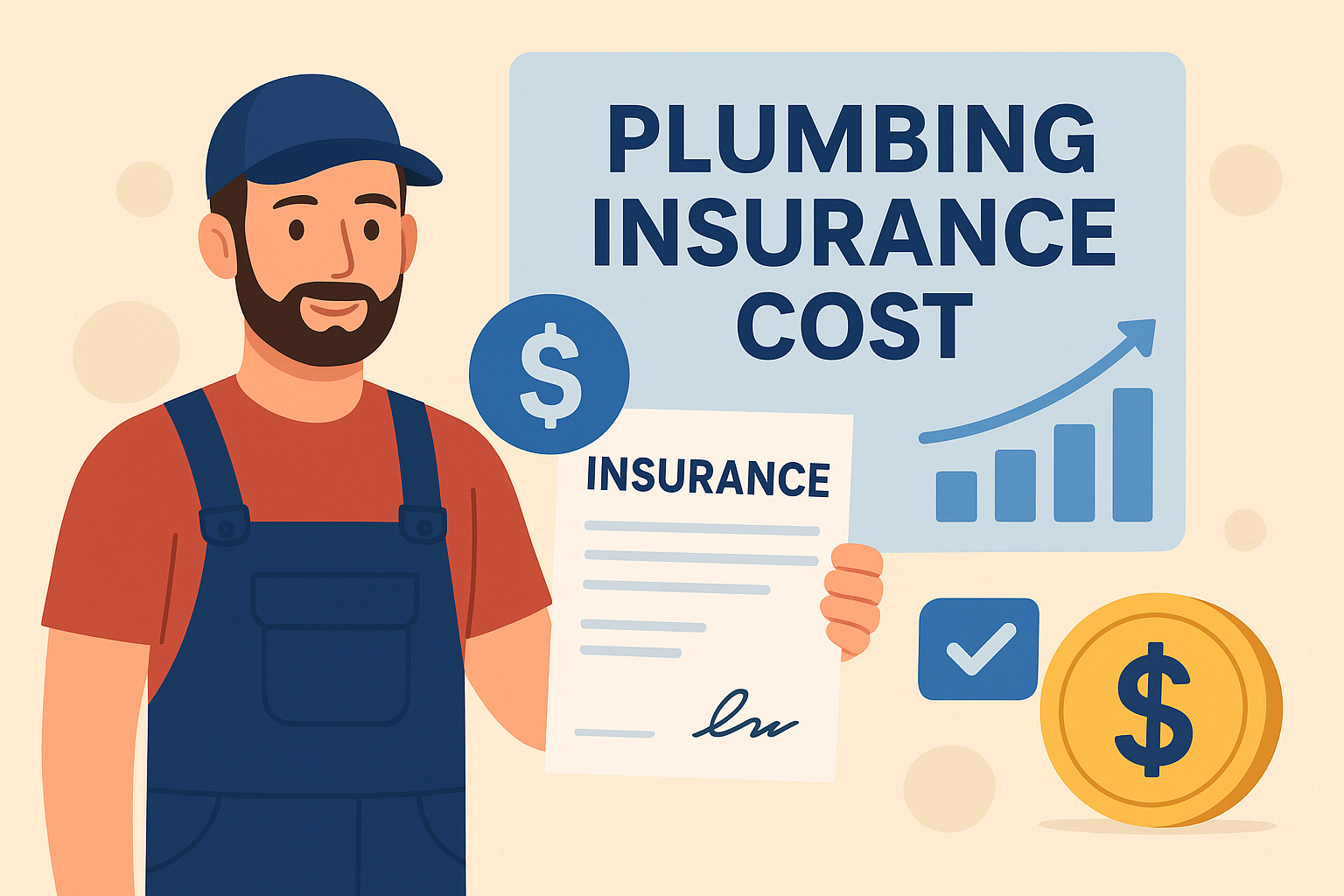Why I Needed a Root Canal and Crown
It all started with a toothache that I thought would go away. Spoiler: it didn’t.
One day, while enjoying my morning coffee, I felt a sharp pain shooting from my molar. Within days, the pain became unbearable. After a dental exam and X-rays, the dentist told me I had an infected tooth that required a root canal followed by a crown.
At first, I was worried about the procedure — but honestly, I was more stressed about the cost, especially since I didn’t have dental insurance.
Understanding the Root Canal and Crown Procedure
Before I dive into the numbers, here’s a quick breakdown of what’s involved.
Root Canal
A root canal removes the infected pulp inside the tooth, disinfects it, and seals it to prevent further damage.
- Usually performed by an endodontist (specialized dentist).
- Often requires 1–2 visits.
Crown
A crown is a cap placed over the treated tooth to restore its shape, strength, and appearance.
- Can be made of porcelain, ceramic, gold, or metal alloys.
- Usually done 1–2 weeks after the root canal.
How Much Does a Root Canal and Crown Cost Without Insurance? (My Actual Bill)
When I first got the estimate, I nearly choked — dental work without insurance can be pricey.
Here’s exactly what I paid:
| Procedure | Cost (USD) |
|---|---|
| Root Canal (molar) | $1,200 |
| Porcelain Crown | $1,300 |
| X-rays & Consultation | $150 |
| Total | $2,650 |
💡 Pro Tip: Prices vary depending on where you live. Urban areas with higher living costs tend to charge more.
What Affects the Price?
Several factors influenced my final bill:
- Tooth Location – Molars cost more to treat than front teeth because they’re harder to reach.
- Dentist Experience – My endodontist was highly rated, which came with a higher price tag.
- Crown Material – I chose porcelain for a natural look.
- Geographic Location – I live in a city where dental care is more expensive.
My Personal Experience: Was It Worth It?
Honestly? Yes — even though it was expensive.
The pain relief was immediate after the root canal, and the crown made my tooth look brand new. Plus, I avoided the even higher cost of extraction and dental implants, which can be $4,000–$6,000.
Ways I Saved Money on My Root Canal and Crown
Since I didn’t have insurance, I had to get creative to lower my costs.
- Asked for a cash discount – Saved me $150.
- Compared multiple dentists – Some quoted over $3,000!
- Used a dental school clinic for part of the work (X-rays).
- Split payments over three months — no interest charged.
How to Prepare if You Need This Procedure Without Insurance
- Get multiple quotes — Prices can vary by hundreds of dollars.
- Ask about payment plans — Many dentists are willing to help.
- Consider less expensive crown materials — Metal crowns cost less.
- Look for dental discount programs — Can save 10–50% on procedures.
Pros and Cons of Getting a Root Canal and Crown Without Insurance
Pros
- Immediate relief from tooth pain.
- Saves your natural tooth.
- Avoids the cost of implants.
Cons
- Expensive without insurance.
- Requires multiple visits.
- Some crowns may need replacement after 10–15 years.
Frequently Asked Questions
1. Can I just get a crown without a root canal?
Not if the tooth is infected — the root canal is necessary to remove the infection first.
2. How long does the procedure take?
The root canal usually takes 1–2 hours. The crown process requires a second visit.
3. Can I delay the crown to save money?
I wouldn’t recommend it — without a crown, the tooth is vulnerable to breaking.
4. Do dental schools really offer cheaper treatment?
Yes, but procedures may take longer since students are supervised by licensed dentists.
5. Will my tooth feel different after a crown?
For the first week, yes. But after that, it feels just like your natural tooth.
Final Verdict: My Honest Review
From my firsthand experience, getting a root canal and crown without insurance is a significant financial hit — but it’s absolutely worth it if you want to save your tooth and avoid ongoing pain.
While the $2,650 price tag stung, the peace of mind, restored function, and natural look of my tooth made it a good investment in my long-term health.
If you’re facing the same situation, I strongly suggest getting multiple quotes, asking for cash discounts, and exploring dental discount programs. Your smile is worth it.
(This experience was shared by one of our community members. You’re also welcome to share your own experience — just send it to us by email or through our Contact Us page, and we may publish it to help others benefit from your insight.)









